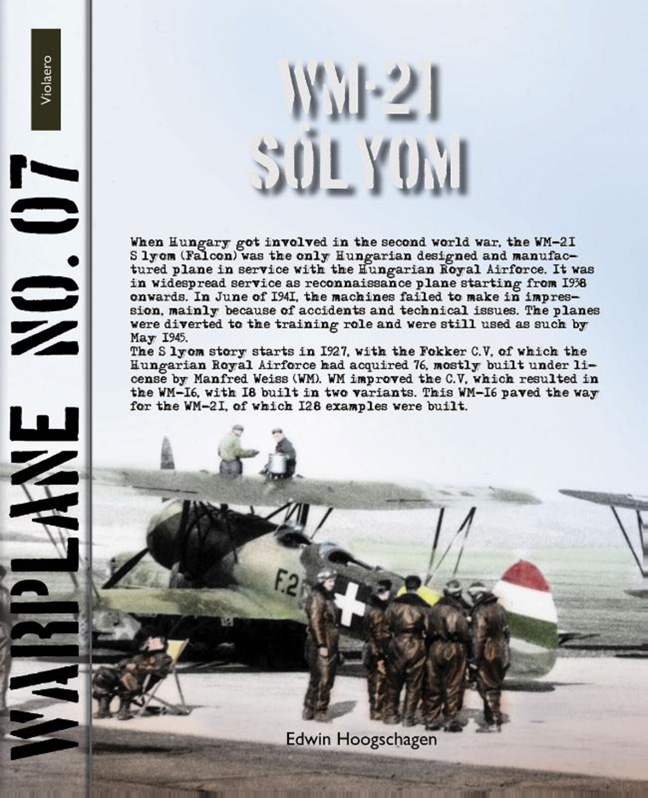Book contents
Summary
After the end of the World War I, the kingdom of Hungary, was – among many other harsh conditions – not allowed to have an armed air force. Aircraft manufacture was completely banned by the Allied as well.
After 1923 the situation improved. Light civilian aircraft were allowed to be built again, but early attempts to build aircraft were not very successful. From March 1927 on, when the strict Allied supervision on Hungary ended, negotiations with foreign aircraft manufacturers were started at once. Secretly, the Dutch company Fokker was already contacted in 1926.
The Dutch aircraft manufacturer Fokker was one of the investigated constructors. A first result was an order for a group of four C.5D reconnaissance planes. The contract was signed on 27 January 1927 and the aircraft were delivered between 20 and 26 June the same year. They were ferried through Austria to Hungary. A next group of four machines was ordered on 28 March 1928. Amongst these, a C.5E was delivered, with a wingspan of 15,3.m, compared to the C.5D’s span of 12,48.m. These aircraft arrived in the spring of 1928.
After testing the C.5D’s would be used as tactical (short range) reconnaissance planes and the C.5E as light bomber. The LÜH (Légügyi Hivatal, the bureau for aeronautical affairs) also decided that the machines were highly suitable for local production. A licence contract was signed in March 1928.
A little while later, on 9 July, the Hungarian company Weiss Manfréd Muvek (WMM) established an aircraft division. This newly formed department would take care of licence production. Rights for aircraft engine production were acquired as well.
Production of one single C.5D and one C.5E started in the second half of 1928. Both were powered by Jupiter VI engines of 520 hp. Performance with this engine was substantially improved. The first machine was completed in December 1928. After trials were completed it was decided that only the C.5D would be built.
During production a number of modifications in the design were applied. Stronger N-struts were used while the undercarriage was replaced by a lighter version of Italian origin. Production was concluded in the fall of 1931. W.M.M. built 49 C.5D’s and a single C.5E.
- Type
- Chapter
- Information
- Warplane 07Weis WM.21 Sólyom, pp. 2 - 48Publisher: Amsterdam University PressFirst published in: 2024



